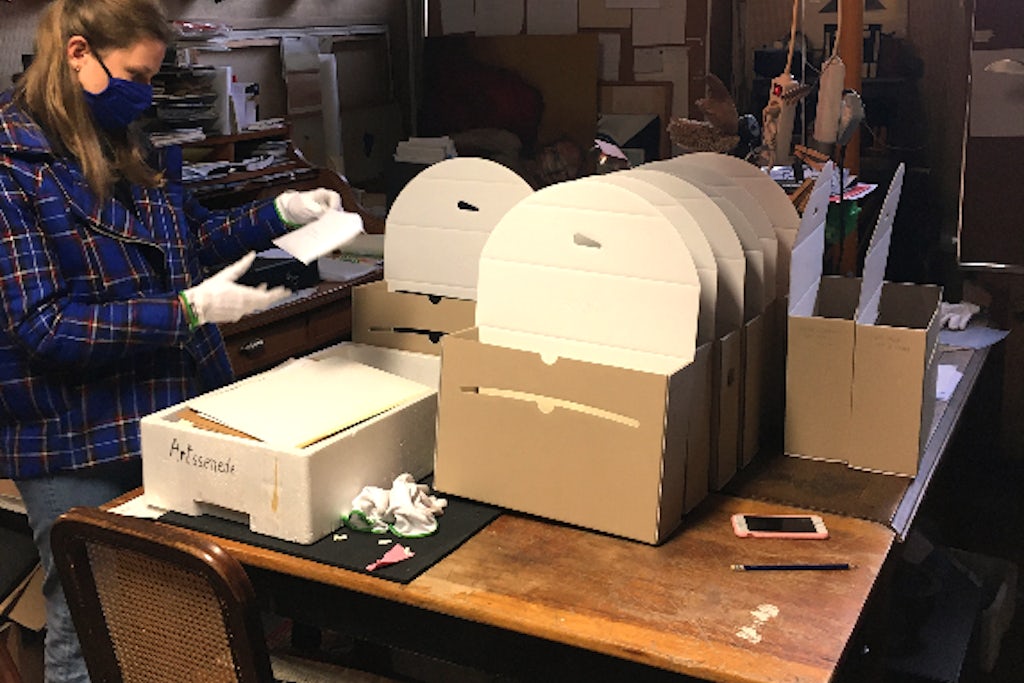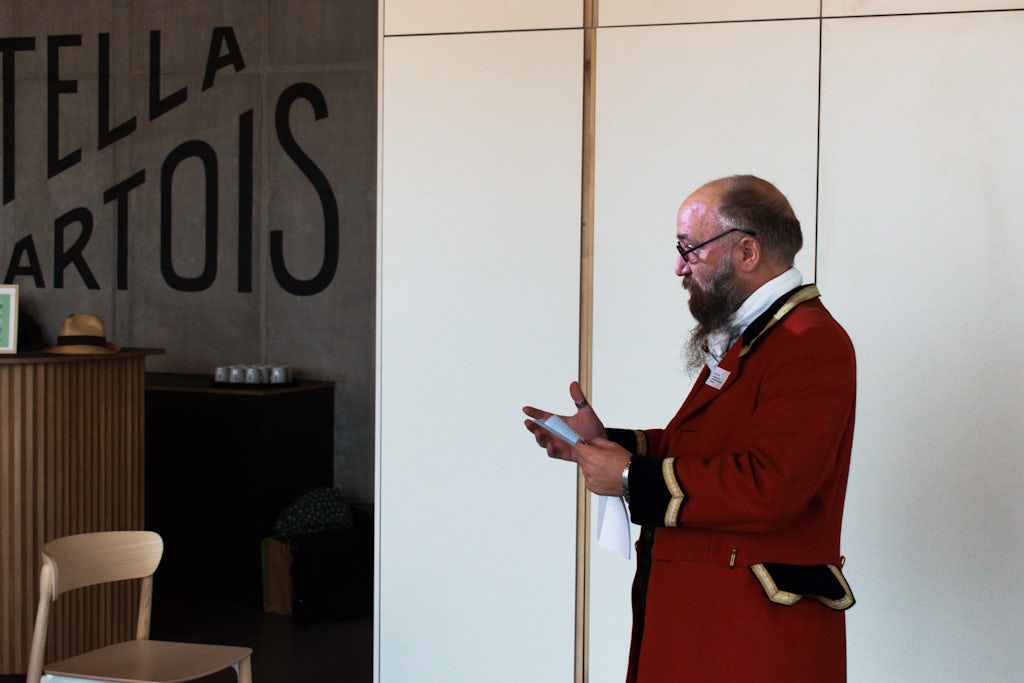How to archive performances: Otobong Nkanga
What is a best practice for conserving visual arts performances? What content goes into a performance artist’s archive? How do you describe its components and the links between them? What is the trick to archiving performances in such a way that they can be imitated or studied without requiring the presence or active involvement of the artist? Is it important to capture the creative process and the various performances in images and sound? How can an audience participate in the archiving of performances? What can archival care contribute to the artist’s own practice? Are there any best practices available?
All kinds of questions associated are with the process of archiving performance art. It’s for this reason that CKV initiated a project in collaboration with Prof. Timmy de Laet, University of Antwerp, on archiving performances. The project is based on the performance practice of the visual artist, Otobong Nkanga (1974). The project’s objective is threefold:
- archiving several of Otobong Nkanga’s performance works
- international mapping of best practices and tools for archiving performances in the visual arts
- methodology for archiving performances
Otobong Nkanga was born in Kano, Nigeria. She began her art studies at Obafemi Awolowo University in Ile-Ife (Nigeria) and later continued these studies at the Beaux-Arts de Paris. She’s lived in Antwerp for about ten years now. Before that, she was an artist in residence at the Rijksacademie van beeldende kunsten in Amsterdam (RABK) and graduated with a masters from Dasarts in Amsterdam.
In her drawings, installations, photographs, sculptures and performances, Nkanga studies the social and topographical relationships with our everyday surroundings. By exploring the concept of ‘land’ as a place to which one does not belong, she contributes an alternative meaning to the social concepts of identity. Nkanga poses questions about the historical structure of a place from both a physical and metaphysical perspective, and often refers to the various objects and elements in her work as ‘constellations’. Constellations are imaginary patterns or diagrams with which she maps the intersections of nature, politics, the colonial economy and different geographies and histories.
Her work has been part of numerous international group exhibitions.
In 2019, two solo exhibitions were dedicated to her: Acts at the Crossroads, Zeitz Museum of Contemporary Art Africa (Zeitz MOCAA), Cape Town in South Africa and From Where I Stand, Tate St Ives, Saint Ives, Great Britain. She has been the recipient of various international awards. She received the Belgian Art Prize in 2017 in Belgium and the Ultima for visual arts in Flanders in early 2019.
(JS)


